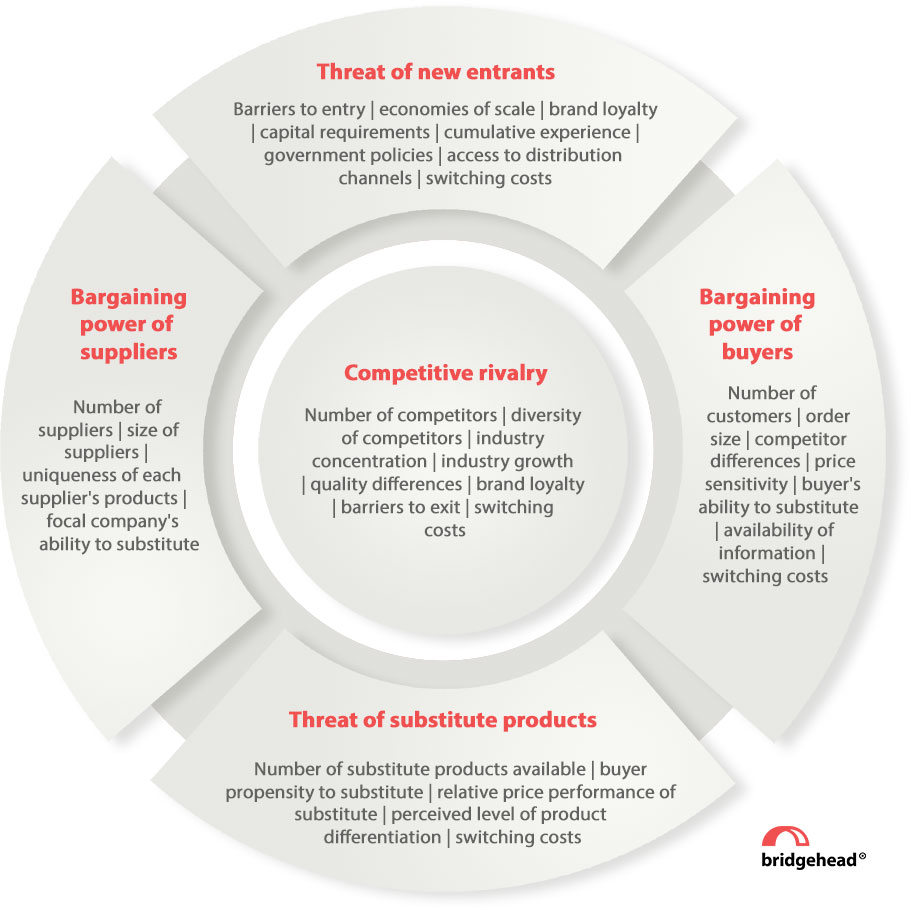For businesses to succeed in international expansion, we have previously emphasised the importance of establishing a solid go-to-market (GTM) strategy. In our blog on the importance of a GTM strategy we discussed the 5 core components to building an effective GTM strategy. In this article, we will concentrate on the ‘Market’ element by explaining how to identify your target market(s).
What problem do you want to solve for your target market?
Let’s begin by asking the question, “What problem do you want to solve?”. Your first port of call should be to identify the problems which need solving in your target market. It’s surprising how often businesses neglect this aspect. We often witness companies starting with their product/service offering first.
Once you’ve identified the problem(s), consider how your product/service will help to solve these issues. Let’s look at the ubiquitous streaming service, Netflix. Prior to the days of Netflix, we had to physically go to the video store (remember Blockbuster?) to rent a movie. Not only were films expensive to rent, but you also incurred late payment fees if you didn’t return the film on time. Along came Netflix, who solved all these problems for the consumer.
Do you spot any gaps in the market?
Are there any opportunities that existing businesses are not serving? A company that springs to mind is, Uber. Back in 2009, they started out as ‘Ubercab’. They took San Francisco by storm through letting you book a taxi on your phone. They soon rebranded as Uber in 2010, and today they are very much a global success story; a market disruptor who offered something unique to the consumer.
How accessible is the market?
When it comes to the accessibility of a market, a useful tool is, Michael Porter’s 5 forces model. This tool can help to analyse the attractiveness, as well as the potential profitability of a market sector. The 5 forces comprise of:
- Competitive rivalry
- Threat of substitute products
- Bargaining power of buyers
- Threat of new entrants
- Bargaining power of suppliers

1. Competitive rivalry
Start by looking at the competition intensity at both the macro and micro level. Highly competitive and saturated markets will push prices lower and squeeze margins. Customers can easily switch between yours and competitor products. Entering markets with fewer competitors will be more appealing. Consider what advantages you might have over your competitors.
2. Threat of substitute products
The threat of substitute products refers to the possibility of customers finding an alternative way of doing something. Two excellent examples, previously referred to, are Netflix and Uber. Both these market disruptors have shown customers an alternative way of doing things, quicker, cheaper and more easily. Technology rapidly changes, as do customer problems and needs. Be mindful of potential substitute products and how you might be able to respond.
3. Bargaining power of buyers
This force analyses the extent to which customers can put a company under pressure. Customer buying power is high when they are limited in number, and when there are many alternative products from which to choose. On the contrary, when choice is limited, and customers are buying in small quantities, acting independently, their buying power is low. Take for example, Apple’s position within the smart phone industry. Apple positions itself as a high-quality brand and they charge premium prices. Despite the sky-high prices, customers are willing to pay and the brand has acquired phenomenal global popularity. Against Apple, the bargaining power of the consumer is low.
In your target market, consider how much bargaining power your customers will have.
4. Threat of new entrants
This force refers to the threat of new competitors entering the market. Porter believes that this force shapes the competitive structure of an industry. Taking the soft drink, cola, as an example, this corner of the soft drinks market is almost entirely dominated by Pepsi and Coca Cola. Both firms have well-established global distribution networks with retail and food chains, and enjoy huge customer loyalty. Barriers to entry in the cola market is high.
If barriers of entry are low, there will always be a threat of new entrants. In your target market, consider whether barriers to entry are high or low, and how this might affect your strategy.
5. Bargaining power of suppliers
The fifth force analyses how much power a company’s supplier has. Is there potential for them to increase prices or to reduce the product/service quality? These would impact the industry’s profitability potential. As a rule of thumb, the fewer the suppliers, the more power they will possess. Using the airline industry as an example, airline companies need aircrafts. There are only two major suppliers of aircraft: Boeing and Airbus. Both these suppliers possess substantial bargaining power when it comes to the prices they charge for their products.
In an ideal world, businesses should have a wide range of suppliers. Take note of the proverb, “Don’t put all your eggs in one basket.”
Applying the 5 forces tool to your business
Ultimately, the five forces tool will present you with a big picture view of your business, and its influential forces: customers, competitors and suppliers. For a successful market entry, the balance of power should be leaning towards your business.
Is the market large enough?
Ascertain whether your market is large enough. Identify growth trends through undertaking comprehensive market research, encompassing both primary and secondary research. Market research will help you to determine the level of demand for your product or service offering, and how and where your potential customers would expect to access it.
Align with goals and objectives
We often say to business owners, before jumping head-first into international expansion, ask yourself, “What do you want to get out of international expansion?” You need to set clear goals and SMART objectives. You and your shareholders will be keen to know how long it will take to see a return-on-investment (ROI). At Bridgehead, our service guarantee is 90 days to see a ROI. This is based on the foundation of there being a solid GTM strategy in place.
Adaptability is key
Companies often assume that they can launch identical products in different markets. This ignores the fact that they’re dealing with different customers and cultures. If the product/service doesn’t resonate with the local market, it will need adapting and localising.
Build your sales pipeline
We cannot emphasise enough how important building your sales pipeline is. Speak to your potential customers to secure orders. By speaking to them, you may also uncover any market gaps or unsolved problems.
Having a strong sales pipeline provides both the reassurance and justification to your shareholders to invest, as well as allowing for a quick ROI. We talk more about the importance of putting your customer first and building your sales pipeline here.
Prioritise your market
Should you identify more than one target market, we’d recommend that you prioritise and start with your primary one. International expansion requires investment in time and money, it’s important to avoid overstretching your resources.
Identify your target market for successful expansion
The first stage in building a GTM strategy is to identify your target market. You might think that everyone, everywhere wants to buy your product, but in reality no product is appropriate for every market.
At Bridgehead, customers often come to us when they are uncertain whether they have identified the right market, or they have a limited understanding of their target market. We specialise in helping businesses to gain knowledge about unfamiliar markets, accelerating market entry and achieving results in 90 days. If you have set your sights on expanding within Europe or North America, contact our team today.
Read next – understand your customers
Read about the second pillar of a successful go-to-market strategy, understanding your customers.
Insights on international expansion
If you enjoyed our top tips for new exporters, join our Discovery Lite portal for free. You’ll get access to a monthly insights magazine and bonus downloadable materials to help your business reach new markets:
Let’s connect











